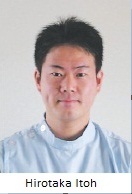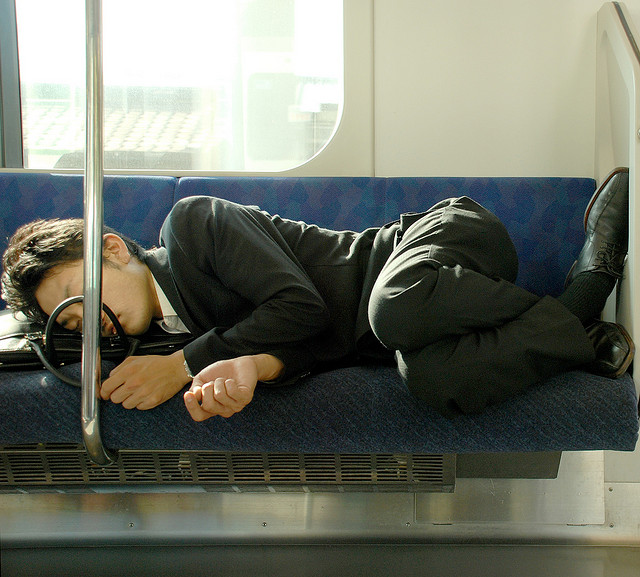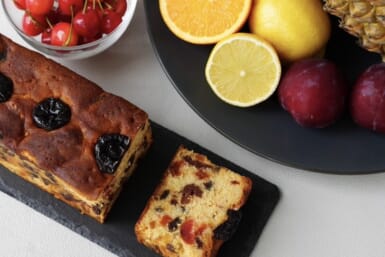Stuart Larman finds out why alternative medicine is making its way into mainstream sports
It seems that the stakes in professional sports are much higher than ever before. No longer can an athlete rely on natural ability alone as their bodies are pushed far beyond what many can imagine. As these demands create an ever-expanding list of career-stuttering injuries, Western medicine has gradually been accompanied with alternative forms of rehabilitation. From osteopathy to herbal medicine, an increasing acceptance of alternative medicine, which not only deals with the damage itself but treatment of the whole body, has assisted in the ever-changing face of sports.
Such cross-cultural exchanges of
knowledge are the next progression
in the continuous advancement of
professional sports.
One field that has become increasingly common on the treatment tables is acupuncture. “The main focus of acupuncture is to deal with the source of the problem and not just the problem itself,” explains experienced acupuncturist Hirotaka Itoh, “which means it’s especially good as treatment for muscle treatment, ligament injuries and surgery recovery.”
Itoh’s own experience in dealing with athletes started when a student at university. “In sports acupuncture terms I had the best possible introduction,” he beams with a wry smile, “at university I was treating members of the American football team…they had all sorts of problems!”
It is certainly true that acupuncture has an important role to play in contact sports but it is just as vital in overcoming wear and tear on the body in sports that rely less on brawn.
Many familiar baseball names rely on acupuncture. New Boston Red Sox pitcher Daisuke Matsuzaka is a regular patient, while Ichiro Suzuki’s private physio is well-accustomed to supplementing preparations with acupuncture. Even in Europe where skepticism towards acupuncture is still common, the true benefits have been discovered in a number of sports. A surprising number of top professional football clubs in Europe have physiotherapists that are trained to use the alternative treatment. One standout example comes from Scotland where national team player Steven Pressley has become a big fan after acupuncture assisted his quick recovery from a dead leg in time to play for the national team a few days later. He was widely quoted as saying “I picked up a knock (that) made
for a really uncomfortable 25 minutes until the end of the match. I had another course (of acupuncture) and there has been definite improvement in the injury over the last couple of days.”
This has caught the attention of others, and Itoh has been invited to join another top Scottish soccer club, “it’s a fantastic opportunity, as while I will be offering guidance on acupuncture I will be learning equally as much about how acupuncture can be used with top athletes in Europe,” he says.
Such cross-cultural exchanges of knowledge are the next progression in the continuous advancement of professional sports. With acupuncture leading the way, expect the next generation of athletes to be supported in a manner that puts them one step closer to perfection.
Hirotaka Itoh is the owner of Hiro Acupuncture Clinic in Saginuma, 20 minutes from Shibuya. Itoh is a student of world-renowned acupuncturist Kiko Matsumoto and has been practicing for over five years. To make an appointment at Hiro Acupuncture Clinic call Hirotaka on 090-2847-7523 or email [email protected]. For further information check www.acp-hiro.com.
Do-It-Yourself Sports Injury Treatment
The treatment should not be exclusive to the professional. Here, Hirotaka Itoh explains how the pain from a twisted ankle can be relieved with a simple technique.
“Bend your knee so that a line appears (1). Identify the “line end point” (2) and massage that area firmly for round five minutes. If the problem persists repeat the treatment.”










